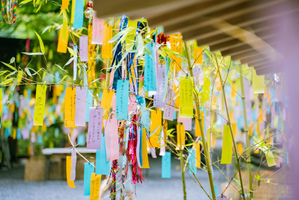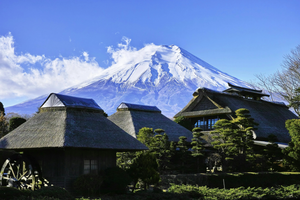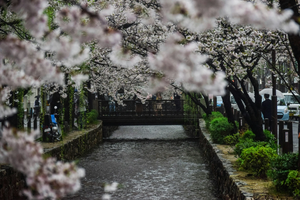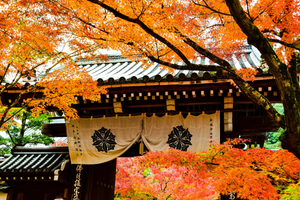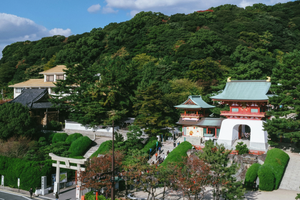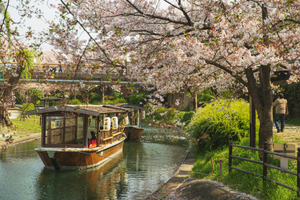Language and Seasonal Legends: Discovering Kyoto's Folklore

Kyoto, Japan's ancient capital, teems with an enchanting tapestry of cultural and mythical tales waiting to be uncovered. For those travelers who prefer a minimalist approach, seeking authenticity over extravagance, Kyoto's folklore offers a unique window into its rich heritage. By exploring the legends intertwined with its language and the changing seasons, one can gain profound insights into Kyoto's storied past and vibrant present.
The Language of Legends
Language serves as a powerful vessel for capturing and conveying the essence of Kyoto's folklore. The unique Japanese dialect spoken in Kyoto, known as "Kyoto-ben," carries its own set of expressions and idioms that have seeped into local legends. These linguistic nuances not only add depth to the tales but also connect listeners to the generations that have preserved them.
Consider the legend of the Tengu—mythical creatures known for their supernatural powers and mischievous antics. The word "tengu" itself has roots in Kyoto's linguistic traditions, and stories about these creatures often feature conversations that incorporate Kyoto-ben, making them an essential part of the storytelling experience. Understanding these linguistic subtleties enriches the listener's appreciation of the legends, providing an authentic cultural immersion.
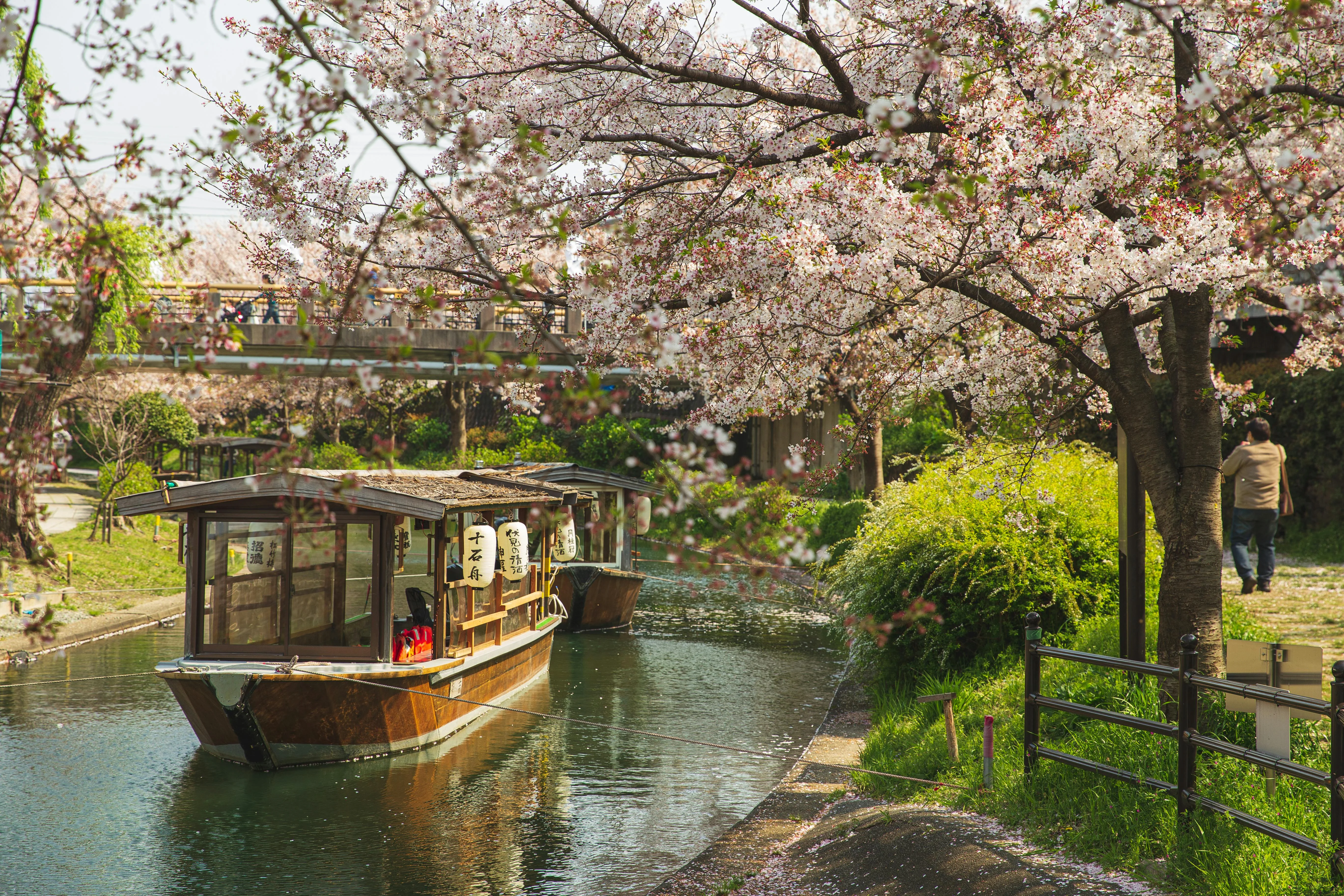
Seasons and Their Significance
Kyoto is renowned for its breathtaking seasonal transitions, each marked by specific festivities and traditions that have inspired local folklore. The city's legends are often tied to these natural transformations, reflecting the harmony between its people and the environment.
Spring: A Season of Renewal
In Kyoto, spring heralds the celebration of "Hanami," the viewing of cherry blossoms. This ethereal tradition is steeped in folklore, with tales such as the spirit of "Sakura Hime," a legendary princess whose beauty was said to rival the cherry blossoms themselves. Her story captures the ephemeral nature of life and beauty, a theme prevalent in many Japanese legends.
Summer: Guarding Against Evil
Kyoto summers are synonymous with the "Gion Matsuri," a spectacular festival whose roots trace back to the 9th century. Initially established to appease the gods during a devastating plague, the festival's tales are rich with seasonal folklore. Stories about the "Yokai," or supernatural beings that emerge in summer, remind locals of the need for spiritual protection and community unity.
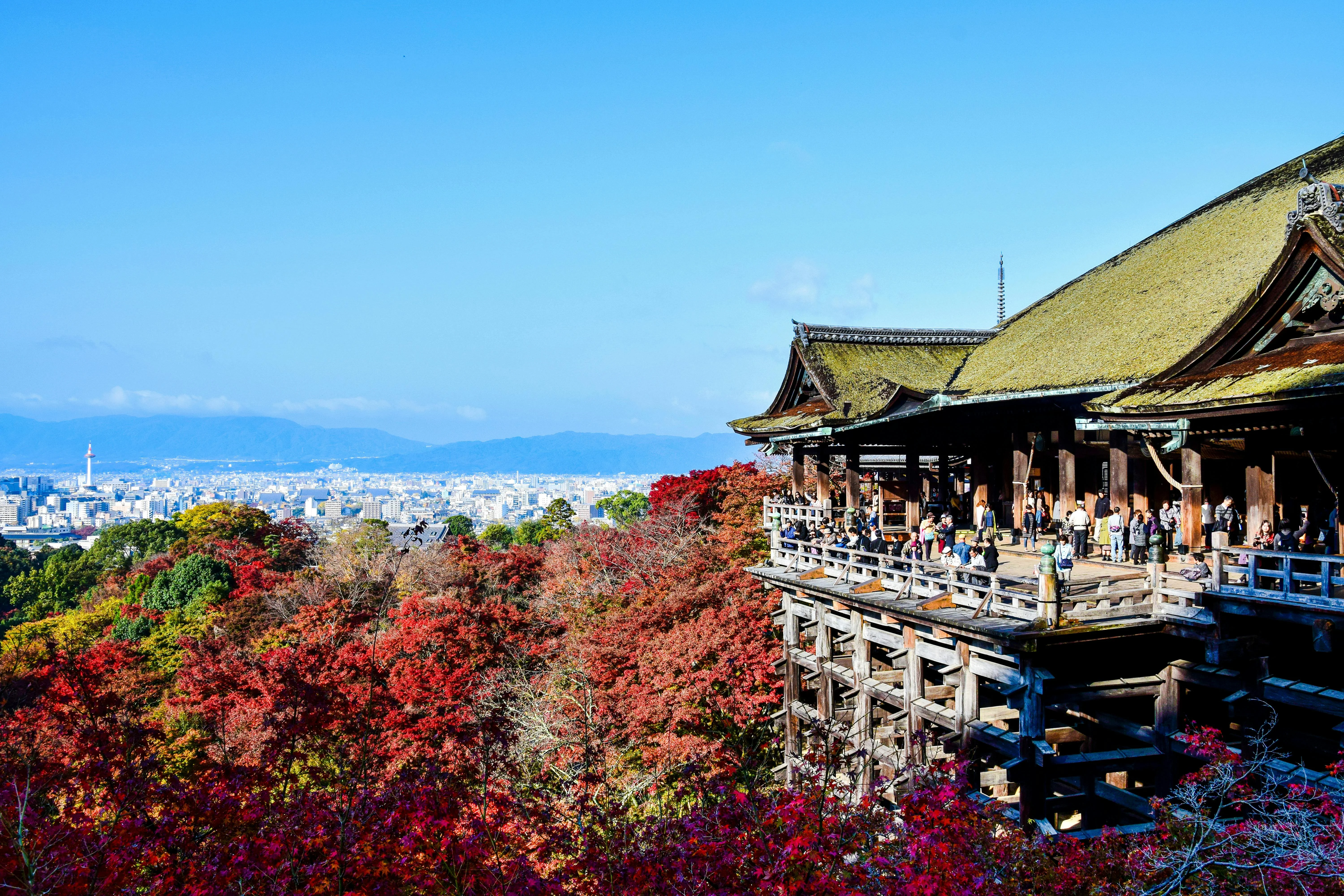
Autumn: The Dance of Leaves
As the leaves turn vibrant hues, Kyoto's autumnal legends spring to life, celebrating the beauty of the natural world. The tale of "Momiji Hime," a maiden associated with the ever-changing maple leaves, speaks to the transient nature of existence. Her dances were believed to charm the gods and ensure a bountiful harvest, linking the cycle of life to the seasons.
Winter: The Silence of Snow
Winter in Kyoto is a time of stillness and reflection, embodied in the folklore surrounding the "Yuki-onna," or snow woman. These stories, often shared by the hearth, revolve around mysterious encounters with this ethereal spirit on snowy nights. The "Yuki-onna" is both a symbol of winter's beauty and its unforgiving harshness, teaching lessons of endurance and compassion.
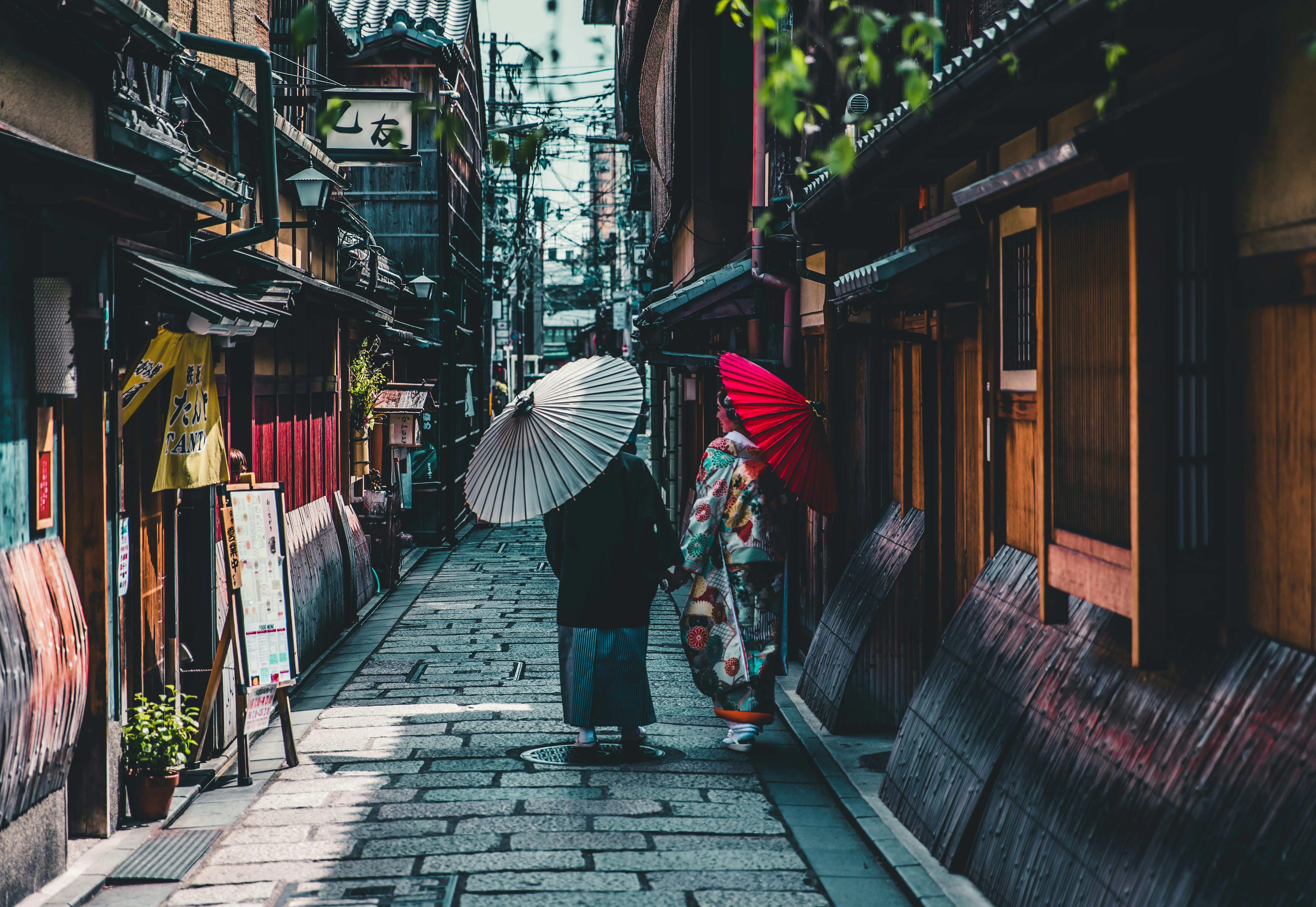
Discovering Kyoto's Folklore as a Minimalist Traveler
For those inclined towards minimalist travel, experiencing Kyoto's folklore can be both rewarding and hassle-free. Simple yet meaningful activities, such as visiting a local teahouse where stories of old are shared, walking through historic districts, or attending seasonal festivals, offer immersive interactions with the city's cultural heritage. Engaging with locals, particularly elders, adds an intimate dimension to the storytelling, ensuring the legends remain an integral part of Kyoto's living history.
By focusing on these authentic experiences, minimalist travelers can truly appreciate Kyoto's folklore. This journey offers a tapestry woven from the language and seasons, a delicate yet robust storytelling form that has withstood the test of time.
Conclusion
Kyoto's folklore, rich in language nuances and seasonal significance, provides an invaluable lens into the city's historical and cultural fabric. This collection of myths and legends forms a narrative landscape that beckons minimalist travelers to explore its depths without overwhelming the senses. By embracing these captivating stories, visitors gain more than just knowledge; they partake in the enduring legacy of Kyoto's vibrant heritage, leaving with a deeply ingrained appreciation for its timeless charms.

